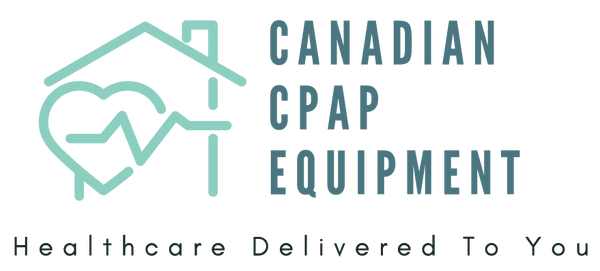Navigating the healthcare landscape for sleep apnea diagnosis and treatment in Canada can sometimes feel complex, as coverage and guidelines can vary significantly from province to province. While the overarching goal is to ensure Canadians receive the care they need, understanding these provincial nuances is crucial for patients seeking testing especially those considering an at-home sleep apnea test and CPAP therapy. This guide will provide a general overview of how sleep apnea care is typically managed across different Canadian provinces.
The Canadian Healthcare System and Sleep Apnea
Canada operates under a publicly funded healthcare system, where each province and territory is responsible for administering its own health insurance plan. While medically necessary hospital and physician services are covered, coverage for other services, including durable medical equipment like CPAP machines, can differ. This provincial variation means that what might be fully covered in one province could be partially covered or not covered at all in another.
Provincial Variations in Coverage
Here's a general look at how some provinces approach sleep apnea diagnosis and CPAP therapy coverage:
Ontario
-
Sleep Tests and Consultations: Generally covered under the Ontario Health Insurance Plan (OHIP) when referred by a physician.
- CPAP Therapy: The Assistive Devices Program (ADP) is a key program that provides financial assistance for CPAP machines and supplies for eligible residents with a long-term physical disability. Other programs like the Ontario Disability Support Program (ODSP) and Ontario Works Program (OW) may also offer support.
British Columbia
- CPAP Therapy: Coverage is typically provided for those who qualify under specific programs like the Employment and Assistance Regulation or the Employment and Assistance for Persons with Disability Regulation. A proper sleep test diagnosis is usually a prerequisite.
Alberta
-
CPAP Therapy: Generally, only residents who require social assistance support and are diagnosed with moderate to severe sleep apnea are eligible for CPAP equipment coverage.
Quebec
-
CPAP Therapy: Historically, there has been limited provincial health coverage for CPAP therapy in Quebec, meaning patients often rely on private insurance or out-of-pocket payments.
Nova Scotia
-
CPAP Therapy: There is generally no direct provincial health coverage for CPAP therapy. However, local organizations, such as the Lung Association of Nova Scotia, may offer programs (e.g., Sleep Apnea Refurbishment Program) to help offset costs by collecting and distributing refurbished CPAP equipment.
Other Provinces and Territories
Coverage in other provinces and territories (e.g., Manitoba, Saskatchewan, New Brunswick, Newfoundland and Labrador, Prince Edward Island, Yukon, Northwest Territories, Nunavut) also varies. Some may have limited programs, while others might require reliance on private insurance or direct payment. It's essential to research the specific guidelines for your region.
The Role of Private Insurance
For many Canadians, private health insurance plans (often provided through employers or purchased individually) play a significant role in covering the costs associated with sleep apnea diagnosis and treatment, including CPAP machines, masks, and supplies. These plans can help bridge the gap where provincial coverage is limited or non-existent. It's always advisable to:
-
Check Your Policy: Thoroughly review your private insurance policy to understand what is covered, the extent of coverage, and any prerequisites (e.g., a doctor's prescription).
-
Seek Reimbursement: Many providers can assist with the necessary documentation for submitting claims to private insurance for reimbursement.
The Importance of Diagnosis
Regardless of provincial coverage, obtaining an accurate diagnosis for sleep apnea remains the critical first step. At-home sleep apnea tests offer a convenient and accessible pathway to this diagnosis, often bypassing long wait times associated with in-lab studies. Once diagnosed by a qualified medical professional, you can then explore the available funding options, whether through provincial programs, private insurance, or a combination of both.
Conclusion
While the Canadian healthcare system provides excellent medical care, the specifics of sleep apnea equipment coverage are not uniform across all provinces. Understanding the guidelines in your specific region and exploring all available avenues – including provincial programs and private insurance – will help you access the necessary treatment. Don't let potential costs deter you from seeking a diagnosis; the long-term health benefits of treating sleep apnea far outweigh the financial considerations.
Next Steps: There's a lot of information out there about sleep apnea, and not all of it is accurate. In our next post, we'll debunk common myths and clarify facts about sleep apnea.

